Glenelly Glass Collection Chardonnay 2010
-
Wine &
Spirits


Product Details
Your Rating
Somm Note
Winemaker Notes
Professional Ratings
-
Wine & Spirits
This wine's flavors run parallel to Glenelly's unwooded chardonnay, with scents of chamomile and wheat structured here by spicy oak. That oak brings it more richness, deepening the finish to flavors of lemon curd, while the wine remains lively and refreshing.



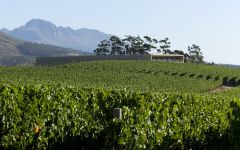
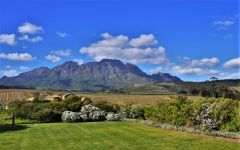
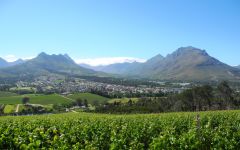



Located on the southern slopes of the Simonsberg, Glenelly is owned by May-Eliane de Lencquesaing, Bordeaux doyenne and former owner of Chateau Pichon Longueville Comtesse de Lalande. Struck by the tremendous potential of South Africa's terroir and the beauty of the country, Mme de Lencquesaing decided to embark on a French adventure on African soil. She purchased Glenelly in 2003, and subsequently planted 66 of the property's 128 hectares to vineyards. The first estate-grown fruit came on line in 2007, and Glenelly's state-of-the-art winery building was completed in 2009. The wines are fermented naturally and made with as little intervention as possible, seeking to achieve the perfect balance of French style and South African terroir.
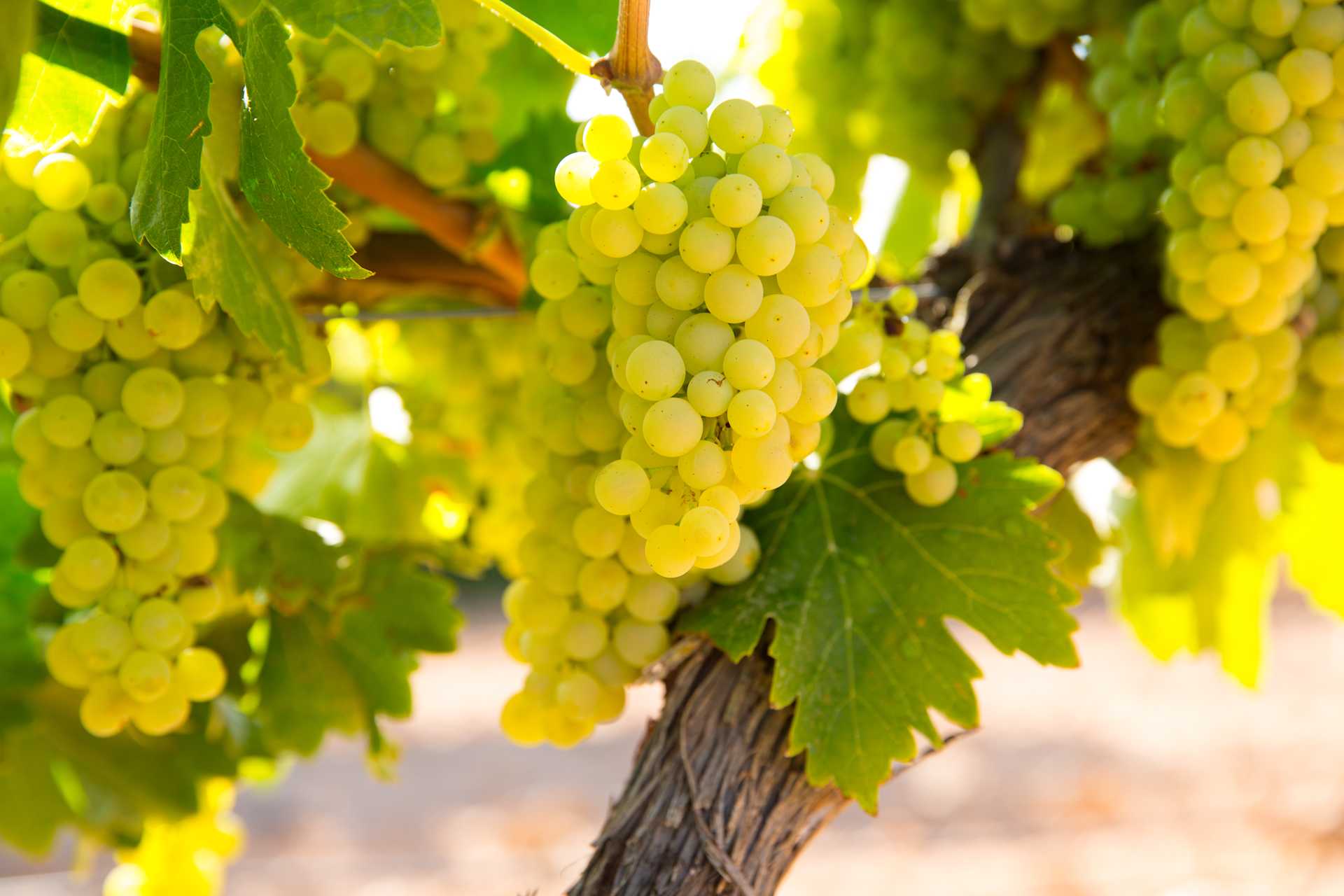
One of the most popular and versatile white wine grapes, Chardonnay offers a wide range of flavors and styles depending on where it is grown and how it is made. While it tends to flourish in most environments, Chardonnay from its Burgundian homeland produces some of the most remarkable and longest lived examples. California produces both oaky, buttery styles and leaner, European-inspired wines. Somm Secret—The Burgundian subregion of Chablis, while typically using older oak barrels, produces a bright style similar to the unoaked style. Anyone who doesn't like oaky Chardonnay would likely enjoy Chablis.
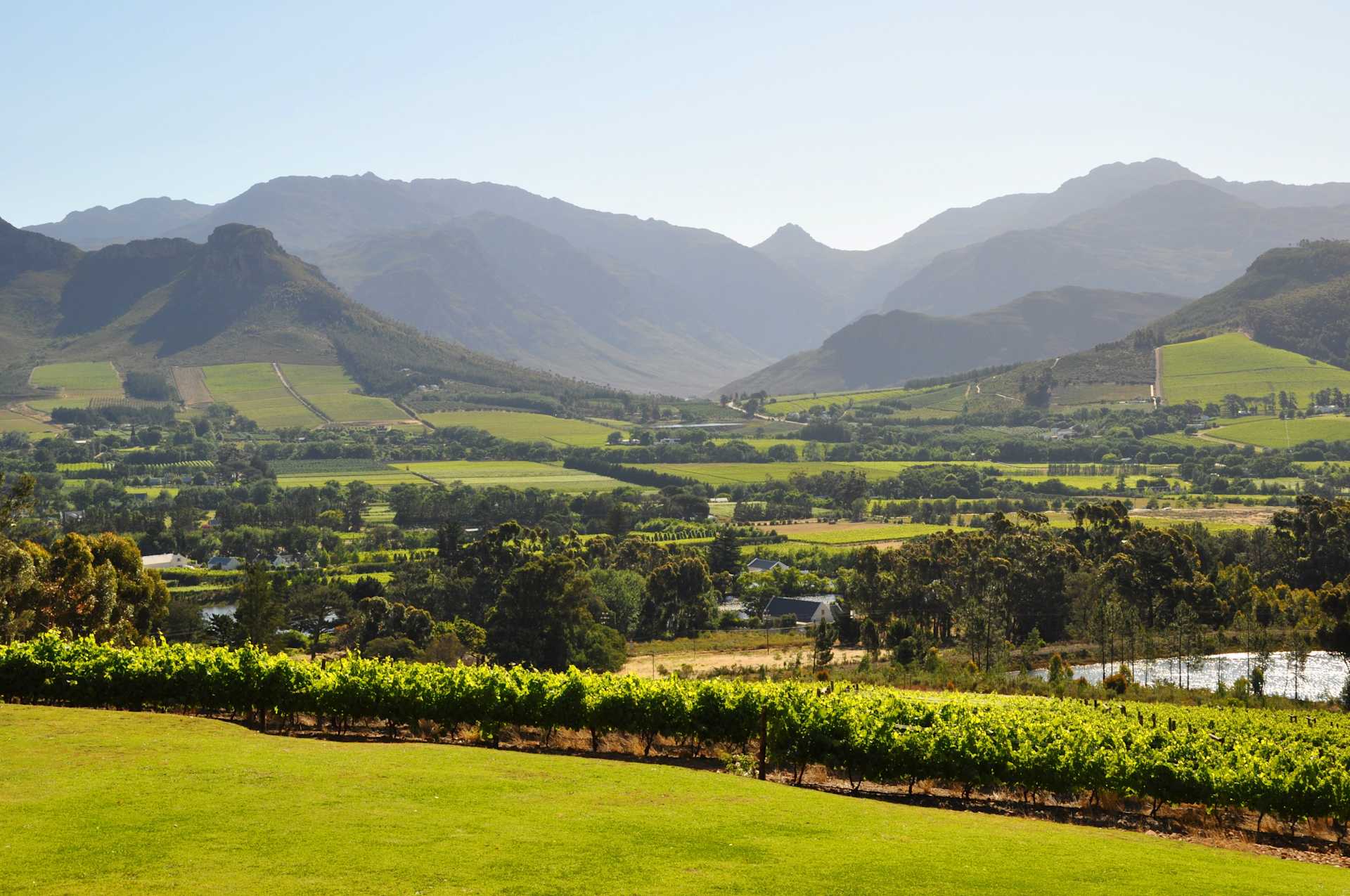
With an important wine renaissance in full swing, impressive red and white bargains abound in South Africa. The country has a particularly long and rich history with winemaking, especially considering its status as part of the “New World.” In the mid-17th century, the lusciously sweet dessert wines of Constantia were highly prized by the European aristocracy. Since then, the South African wine industry has experienced some setbacks due to the phylloxera infestation of the late 1800s and political difficulties throughout the following century.
Today, however, South Africa is increasingly responsible for high-demand, high-quality wines—a blessing to put the country back on the international wine map. Wine production is mainly situated around Cape Town, where the climate is generally warm to hot. But the Benguela Current from Antarctica provides brisk ocean breezes necessary for steady ripening of grapes. Similarly, cooler, high-elevation vineyard sites throughout South Africa offer similar, favorable growing conditions.
South Africa’s wine zones are divided into region, then smaller districts and finally wards, but the country’s wine styles are differentiated more by grape variety than by region. Pinotage, a cross between Pinot Noir and Cinsault, is the country’s “signature” grape, responsible for red-fruit-driven, spicy, earthy reds. When Pinotage is blended with other red varieties, like Cabernet Sauvignon, Merlot, Syrah or Pinot Noir (all commonly vinified alone as well), it is often labeled as a “Cape Blend.” Chenin Blanc (locally known as “Steen”) dominates white wine production, with Chardonnay and Sauvignon Blanc following close behind.
